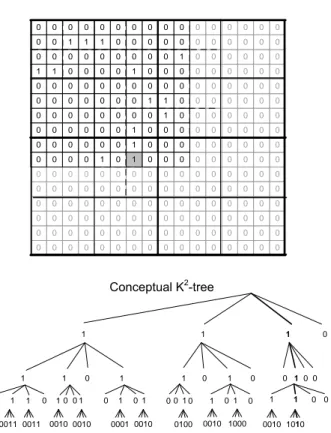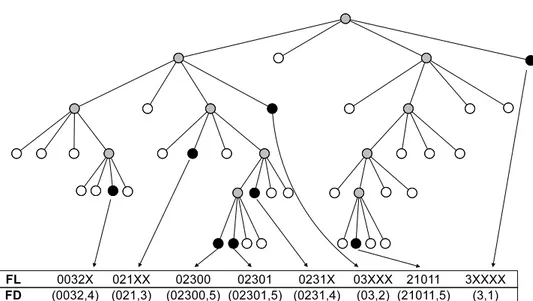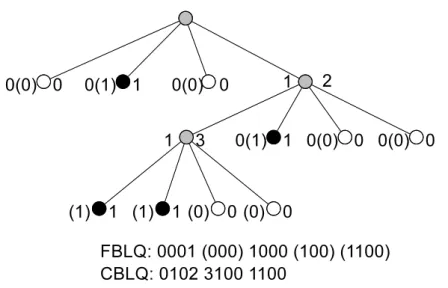TítuloNew data structures and algorithms for the efficient management of large spatial datasets
Texto completo
Figure




Documento similar
We argue that this approach has significantly higher potential for runtime- and energy savings than the previously proposed strategies for three reasons: (1) since the performance
For this work we have implemented three algorithms: algorithm A, for the estimation of the global alignment with k differences, based on dynamic programming; algorithm B, for
In a general way, if we have this property in the restriction to each one of the compact dicritical components after reduction of singularities, we can extend the argument
We consider classical data structures like Binary Search Trees and Hash Tables, and compare their performance on two public datasets when Collaborative Filtering algorithms
Throughout this work we will focus primarily on three areas of FDA: the use of interpolation for data representation, the registration, and the use of nearest neighbors estimators
In this paper we analyze a finite element method applied to a continuous downscaling data assimilation algorithm for the numerical approximation of the two and three dimensional
In this Thesis we study optimal constants in Hardy inequalities for Schr¨ odinger opera- tors with quadratic singular potentials, and we describe their contribution to the study
We will show a simple example of this application, where we modify the prescribed return loss level in the passband for the three filters based on the three different function types





